12 Old-School Home Hacks from the ’80s That Still Work Today
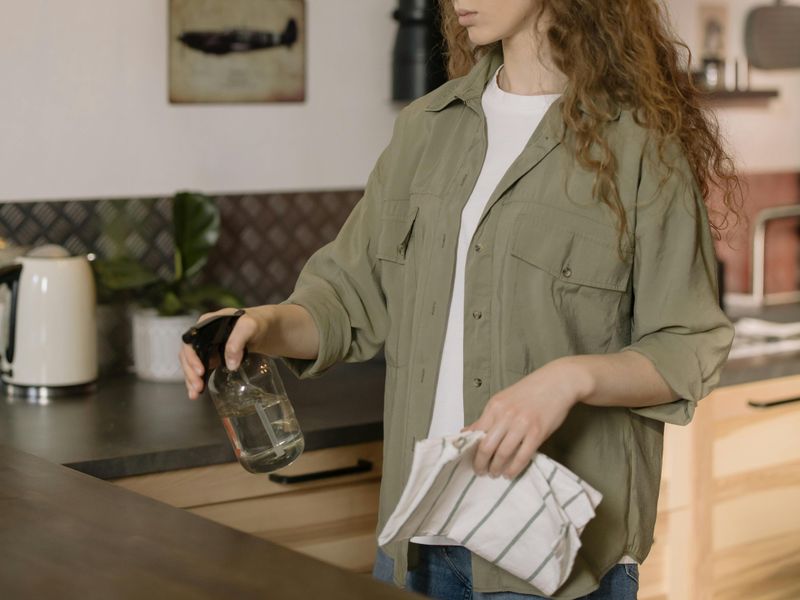
The 1980s were a time of vibrant fashion, iconic music, and creative home solutions that still hold their ground today. From using simple household ingredients for cleaning to repurposing everyday materials, these hacks embody practicality and resourcefulness. They speak to an era where convenience met ingenuity, offering solutions that are not only effective but also environmentally friendly and cost-efficient. Let’s explore twelve timeless techniques that have transcended decades, proving that sometimes the old ways are still the best ways. Whether it’s cleaning, deodorizing, or pest control, these methods continue to make life easier and homes cozier.
1. Use White Vinegar for Multiple Cleaning Tasks
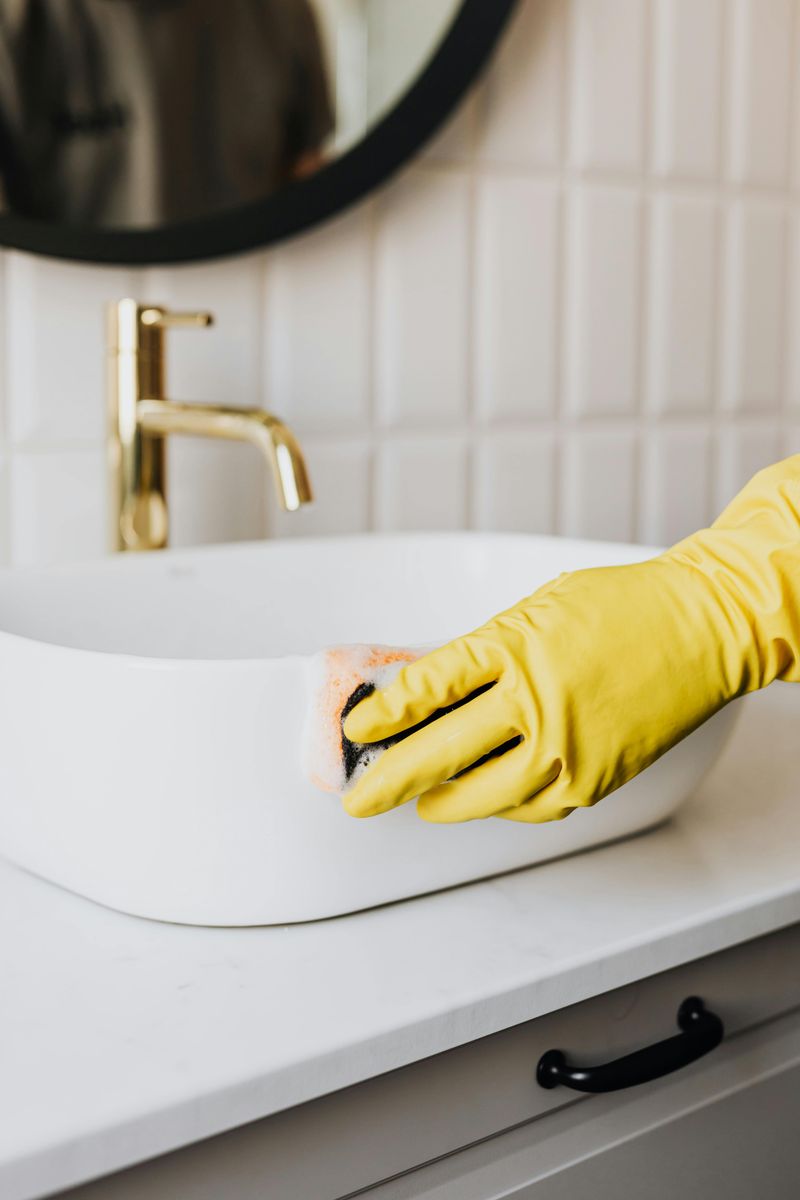
Imagine a time when kitchen staples doubled as cleaning agents. White vinegar has long been celebrated for its multi-purpose cleaning power. A mixture of one part vinegar and one part water can work wonders on windows, countertops, and even mineral buildup.
Its mild acidity effectively dissolves grime without the need for harsh chemicals, making it a favorite for those seeking non-toxic solutions. Economical and widely available, vinegar remains a go-to for environmentally conscious cleaning.
Harness its magic and discover a simpler, greener way to keep your home sparkling. A timeless classic that continues to shine.
2. Sprinkle Baking Soda to Deodorize Carpets, Upholstery, and Shoes
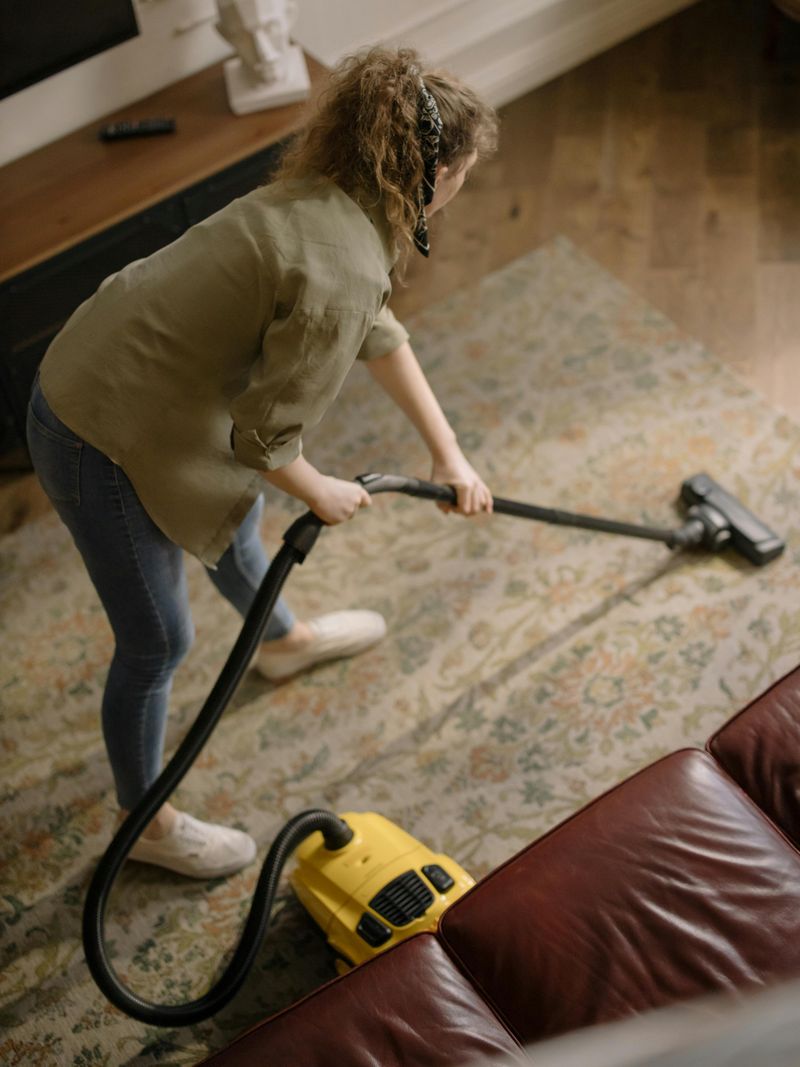
Before the era of specialized deodorizers, baking soda reigned supreme. This humble powder, found in most kitchens, offers an effective solution to unwanted odors.
Simply sprinkle it onto carpets, upholstery, or shoes, let it sit, and vacuum away the smells. Its ability to absorb odors makes it a quick fix for any musty corner of your home.
Baking soda’s gentle nature also helps loosen particles without damaging fabrics. A simple, yet effective method that continues to freshen and revive spaces with ease.
3. Use Coarse Salt to Clean a Cast-Iron Pan

Cast-iron cookware, beloved for its durability, requires special care. Enter coarse salt, an unexpected ally in cleaning without soap.
While the pan is still warm, sprinkle salt and scrub with a towel to remove food bits. The salt’s abrasiveness cleans without stripping the pan’s seasoning.
This method preserves the integrity of your cookware and keeps it in top shape. A simple, effective way to care for your cherished kitchen tool, just as it was done decades ago.
4. Dust/Clean from ‘Top to Bottom’ in a Room
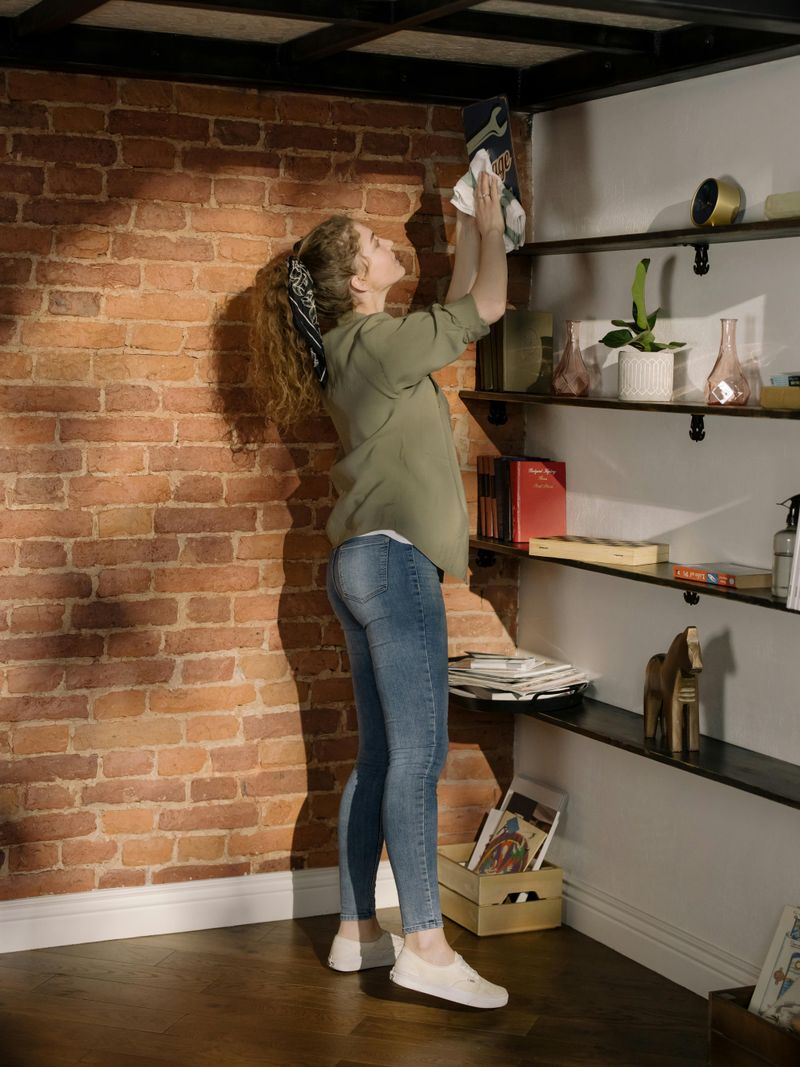
There’s wisdom in the old saying, “start at the top.” Cleaning from top to bottom ensures that dirt and dust fall downward, minimizing re-soiling.
Begin with high surfaces like shelves and cabinets, finishing with the floors. This order saves time and prevents additional work.
Embrace this method to keep your cleaning routine efficient and thorough. It’s a strategy that makes perfect sense, proving that sometimes the simplest ideas are the most effective.
5. Use Newspaper for Streak-Free Windows

Before the surge of specialty glass cleaners, people turned to newspaper for a streak-free shine. Paired with vinegar, it leaves windows sparkling.
The ink in the newspaper helps reduce streaks, and its texture leaves less lint than paper towels. This approach remains a low-cost, effective option.
Transform your window cleaning routine with this nostalgic technique, and enjoy crystal-clear views that stand the test of time. A testament to resourcefulness and simplicity.
6. Mix Baking Soda + Dish Soap to Scrub Tough Spots
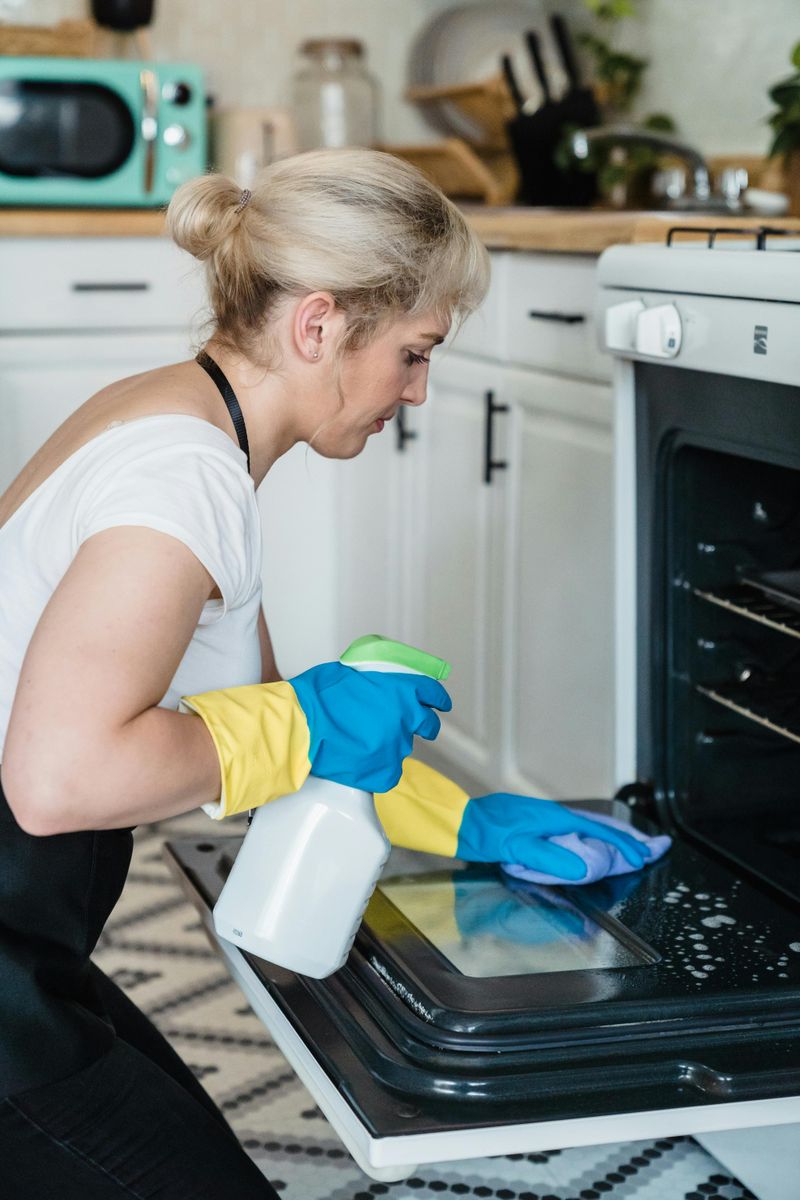
Tough spots like soap scum are no match for the dynamic duo of baking soda and dish soap. This paste combines gentle abrasion with grease-cutting power.
Apply it to scummy tubs or sinks, scrub, and watch the grime vanish. This method reduces the need for harsh chemicals, offering a simple yet powerful solution.
Rediscover the joy of a sparkling clean bathroom with this enduring mix, showcasing the beauty of simplicity and effectiveness.
7. Use Lemon Juice to Freshen and Brighten Fabrics
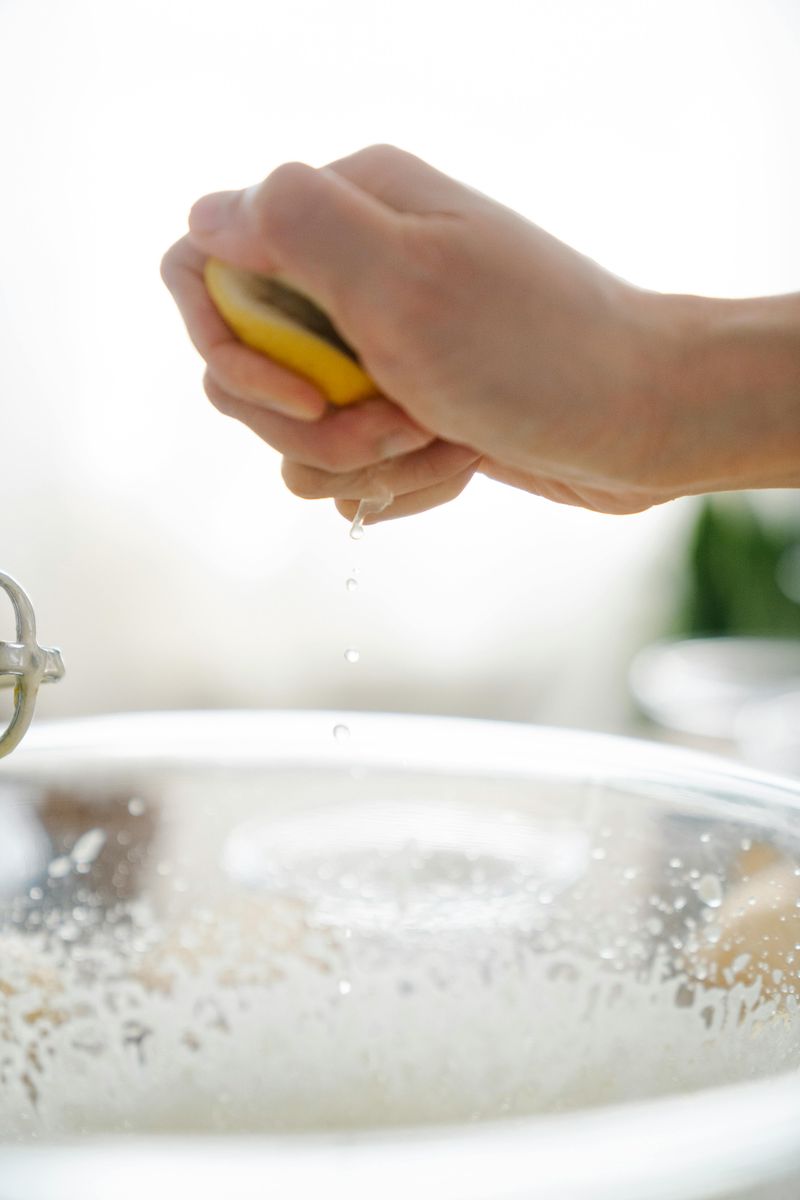
Lemon juice, with its fresh scent and natural bleaching properties, has long been used to brighten whites and freshen surfaces.
Soak fabrics in lemon juice and sunlight, or rub it on cutting boards to naturally bleach and sanitize. Its acidic nature breaks down stains without harsh chemicals.
This method adds a fresh touch to your cleaning routine, leaving fabrics and surfaces revitalized. Embrace this sunny solution from yesteryear.
8. Sprinkle Borax to Deter Ants and Roaches
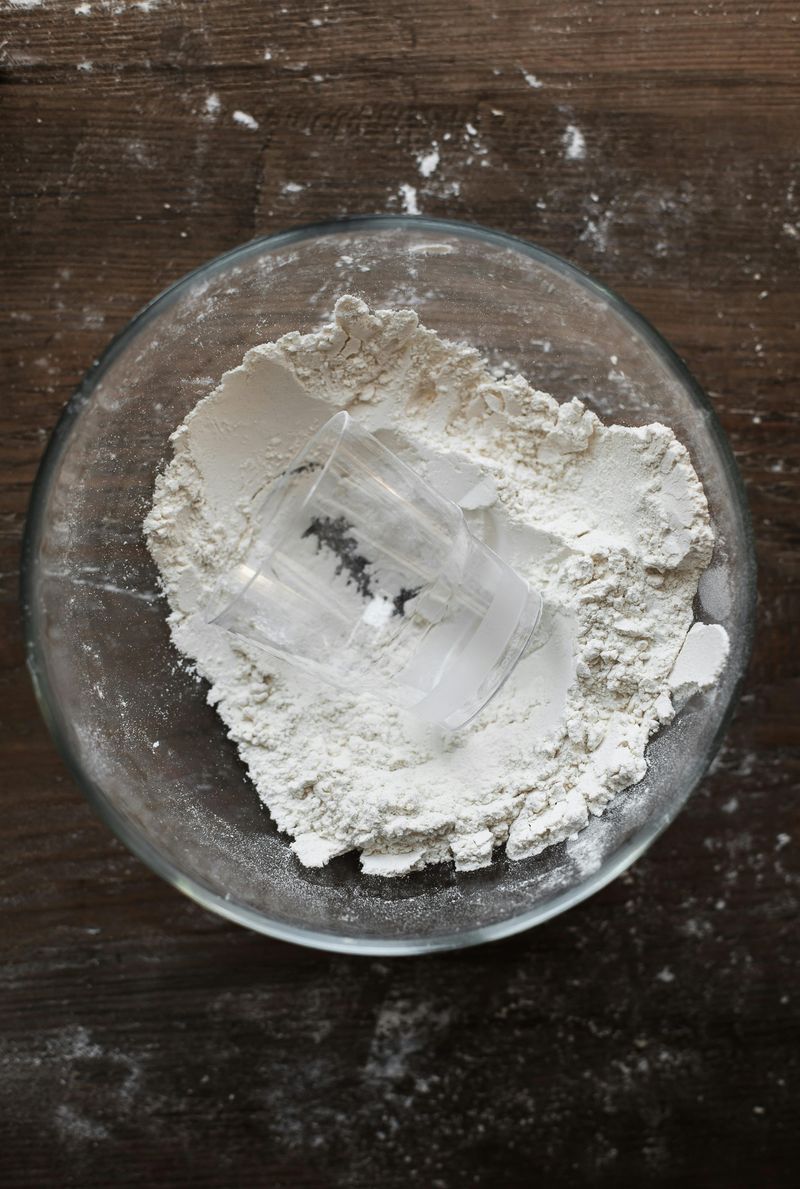
Long before modern pest sprays, borax was a household staple for deterring ants and roaches. Sprinkling it along baseboards creates an effective barrier.
Borax is toxic to insects but remains affordable and has been trusted for decades. It’s a low-cost, effective part of integrated pest management.
Use this time-tested method with care, ensuring your home remains a pest-free sanctuary. A classic solution that continues to protect and preserve.
9. Use Cornstarch to Absorb Odors or Spills from Carpets
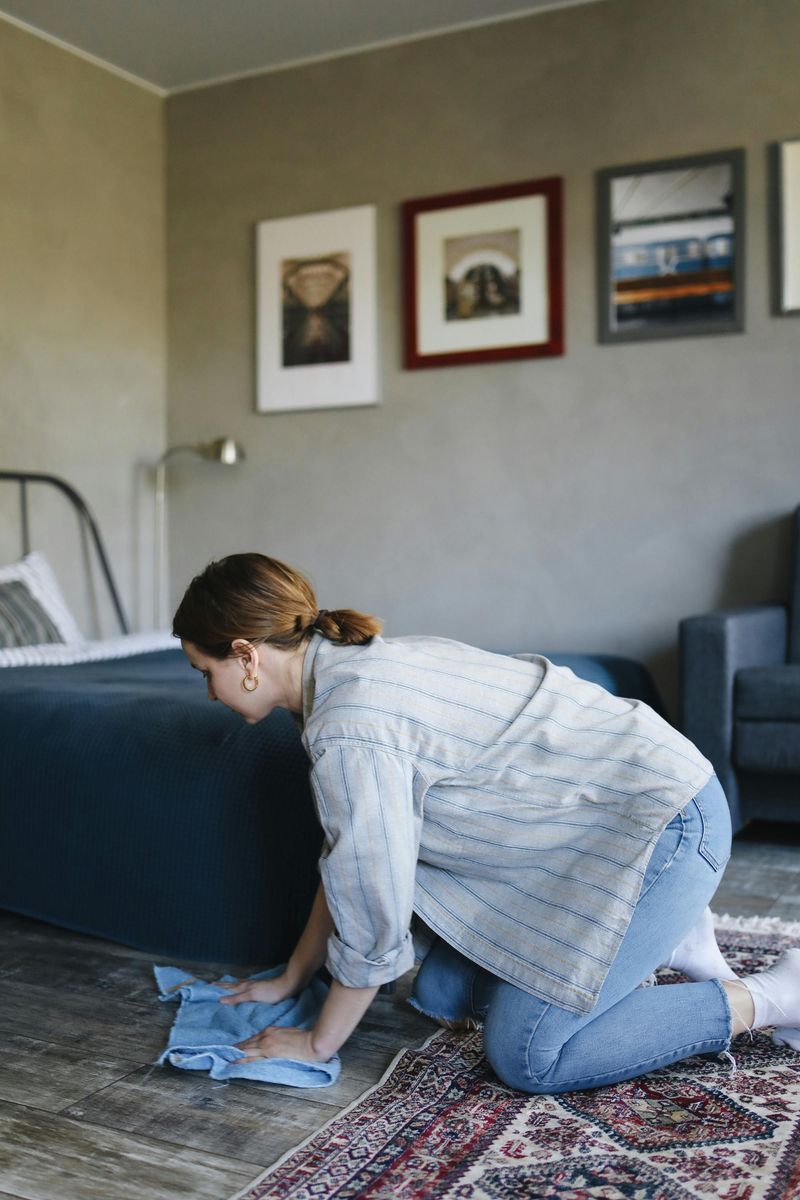
Cornstarch, often utilized in cooking, also serves as a powerful absorbent for odors and spills on carpets and rugs.
Sprinkle it over the affected area, let it sit, and vacuum. Its absorbent properties make it ideal for maintenance between deeper cleanings.
This non-toxic solution offers a simple way to keep floors fresh and clean. Cornstarch’s versatility makes it a valuable addition to any cleaning arsenal.
10. Use Old Socks as Dusting Mitts
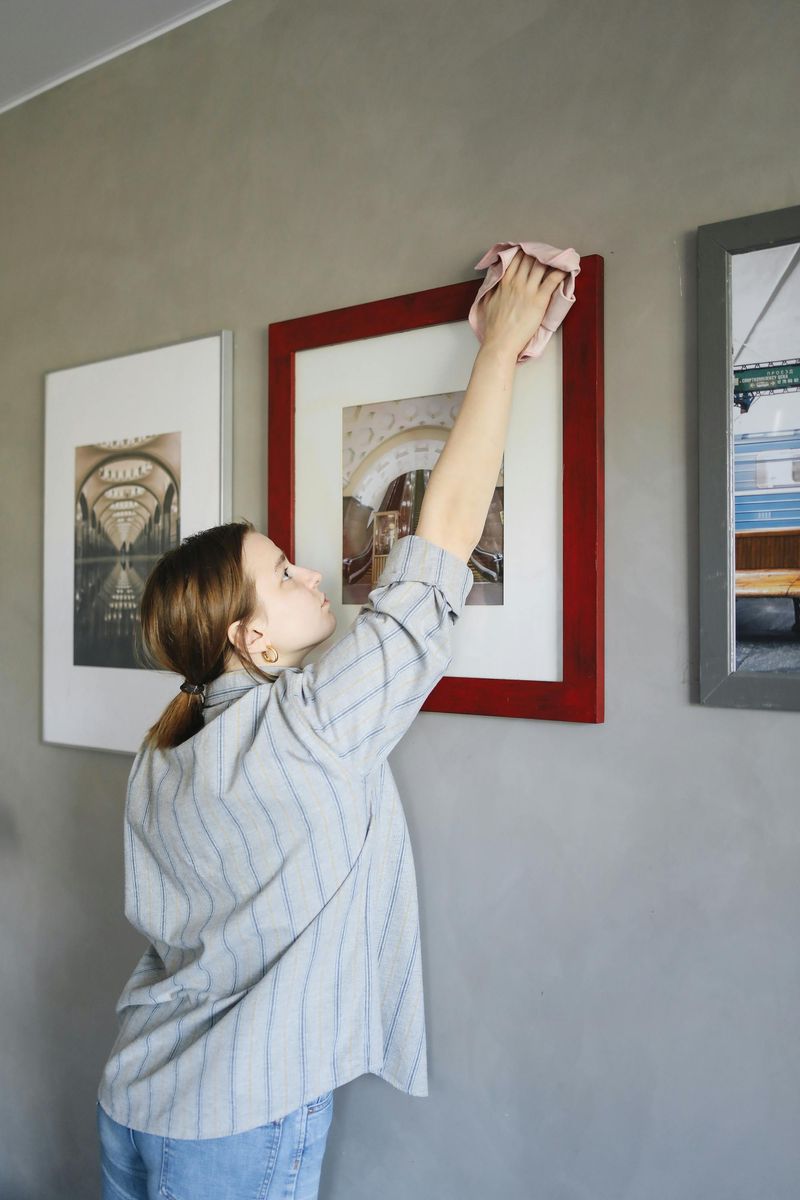
Repurposing worn fabrics, like old socks, into dusting mitts exemplifies creativity and practicality. Slip a sock over your hand for a flexible, washable dusting tool.
This method reduces waste and utilizes materials you already have. It’s an eco-friendly approach that adapts to any surface or shape.
Discover the joy of dusting with this personalized tool, transforming cleaning into a sustainable practice. Embrace the ingenuity of households past.
11. Use Chalk Sticks in Closets to Control Humidity

Chalk, a surprising ally, absorbs excess moisture and helps prevent musty smells in closets. Simply hang sticks in wardrobes or drawers.
It’s a mild, safe, and inexpensive way to control humidity, especially in under-ventilated areas. Chalk’s discreet presence quietly maintains freshness.
Incorporate this timeless trick into your home, keeping spaces dry and inviting. A subtle reminder of the clever solutions of the past.
12. Use Salt to Absorb Moisture from Carpets
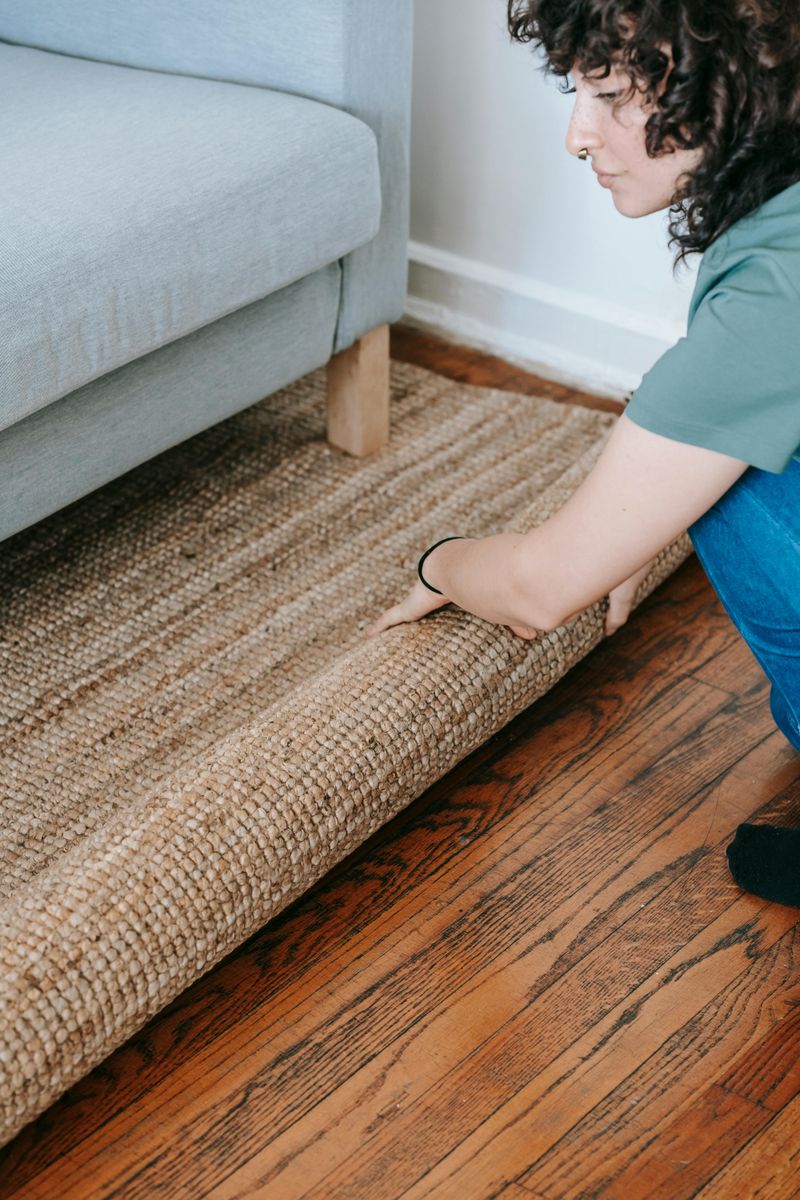
After a spill, salt becomes an unexpected hero. Its ability to draw moisture makes it perfect for dealing with damp carpet spots.
Sprinkle salt over the area, let it absorb the moisture, then vacuum it away. This method reduces mildew risk and helps surfaces dry faster.
Keep this simple technique in your repertoire, ensuring quick recovery from spills. A straightforward, effective way to maintain a clean, dry home.

Comments
Loading…